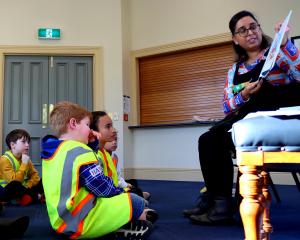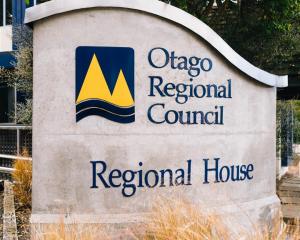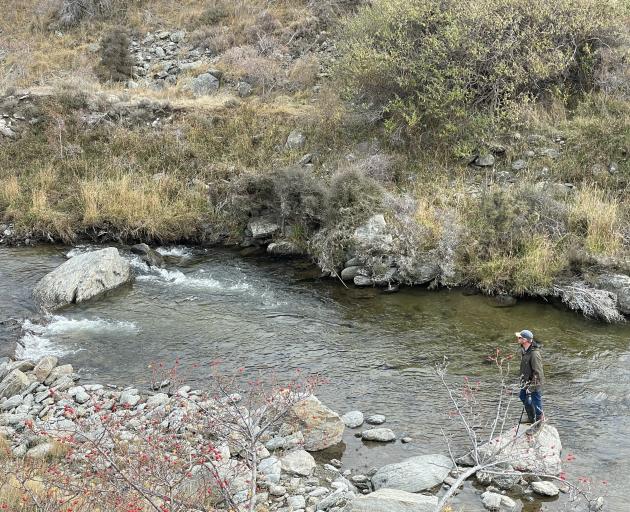
Fish & Game communications officer Bruce Quirey said more than 4000 international anglers took to the water in Otago in the 2023-2024 fishing season.
Its research has shown overseas visitors who fish here predominantly come from Australia, the United States and the United Kingdom.
International trout anglers are among the highest value tourists because of the outlay on things such as luxury lodges, helicopter transport, fishing guides, fine-dining and wine.
A lot of their spending was in the regions, where the best fishing was located, he said.
In a statement, Otago Fish & Game officer Jayde Couper said the organisation's new species distribution modelling predicts that 25% of river and stream lengths across the region were likely to sustain trout and salmon spawning.
This was a significant development as, before this model, it was not possible to quantify the estimated range of spawning areas accurately.
"This model is a big step forward in our ability to monitor and manage critical trout and salmon habitats across Otago," Mr Couper said.
He said ground testing conducted over the previous summer demonstrated a high level of accuracy.
"While not perfect, this model will improve as we gather more data.
‘‘Now we have a very good idea where to look."
The model draws on extensive datasets, including the Otago Fish & Game spawning database and the New Zealand Freshwater Fish Database.
It examines current habitat conditions that support spawning and then extrapolates to identify similar conditions in other sections of waterways, assessing their likelihood of supporting spawning activity.
This approach enables staff to verify or update spawning area records dating back 50 years, providing a more comprehensive understanding of these habitats.
Mr Couper said a better understanding of the likely extent of trout and salmon and the places where they spawn also helped it to manage interactions between trout and native fish.
It had a policy on species interactions that required it to work with other parties with statutory responsibilities for protecting native fish.
"Otago Fish & Game has no intention of increasing the extent of trout and believes that through habitat restoration and careful management, both native fish and valued introduced species can thrive."
Otago Fish & Game staff conduct an average of 15 surveys per year to monitor spawning fish and their redds (nests). "We have surveyed over 120km of river this year, almost 30km on foot, with the remainder done using helicopters funded by Contact Energy," Mr Couper said.
"The money from Contact means we can cover a lot more ground and allows us to accurately survey larger rivers like the Clutha/Mata-Au and Pomahaka."
Mr Couper highlighted the international significance of Otago’s trout fishery, which attracts anglers from around the globe.
"It needs healthy and abundant spawning grounds to flourish, but due to the region’s extensive nature, it can be hard to identify the critical areas to protect. This model helps to narrow our focus to areas most likely to be important, allowing us to monitor and advocate for these waterways."
In addition to spawning surveys, Fish & Game also uses electric fishing after the spawning period to detect juvenile fish, an indicator of successful spawning.
Mr Quirey said they used a backpack electrofisher in streams to draw fish towards an electric current, temporarily stunning them so they could be weighed and measured before being released unharmed.
In Otago, brown trout and salmon spawning generally occurs in late autumn and early winter, while rainbow trout spawning takes place from late winter to spring.
